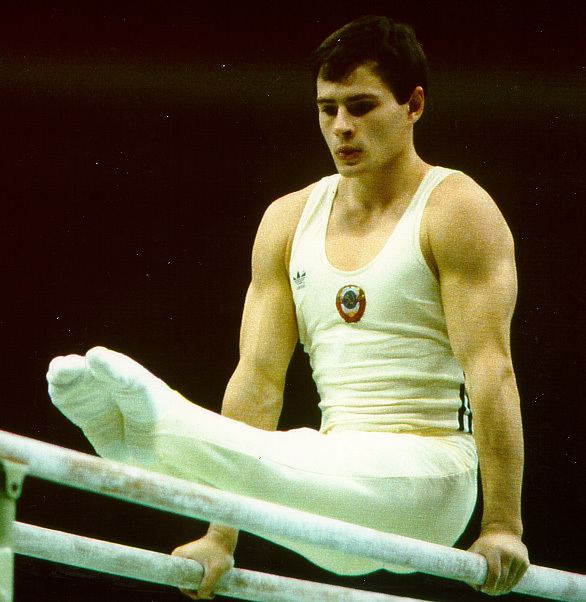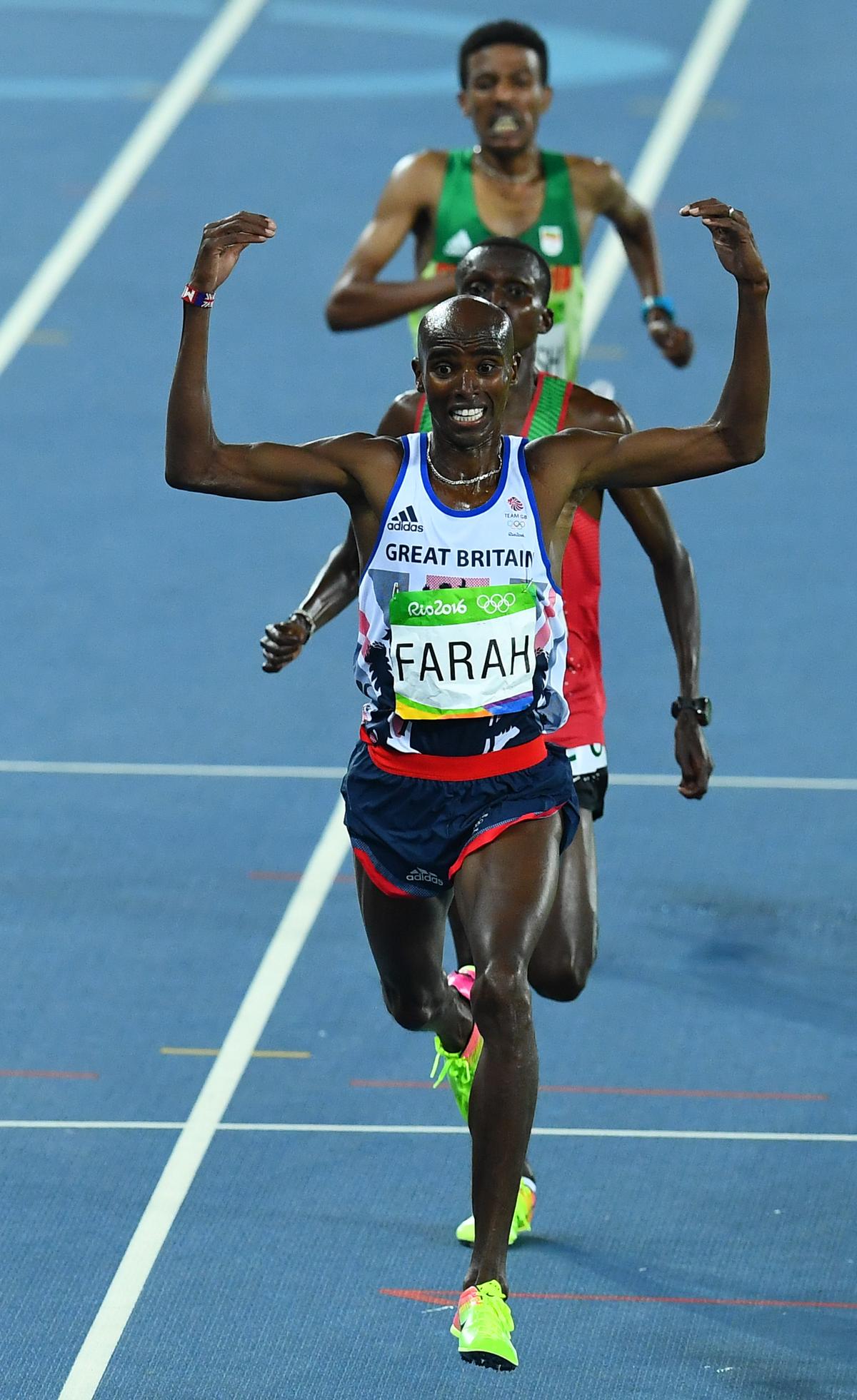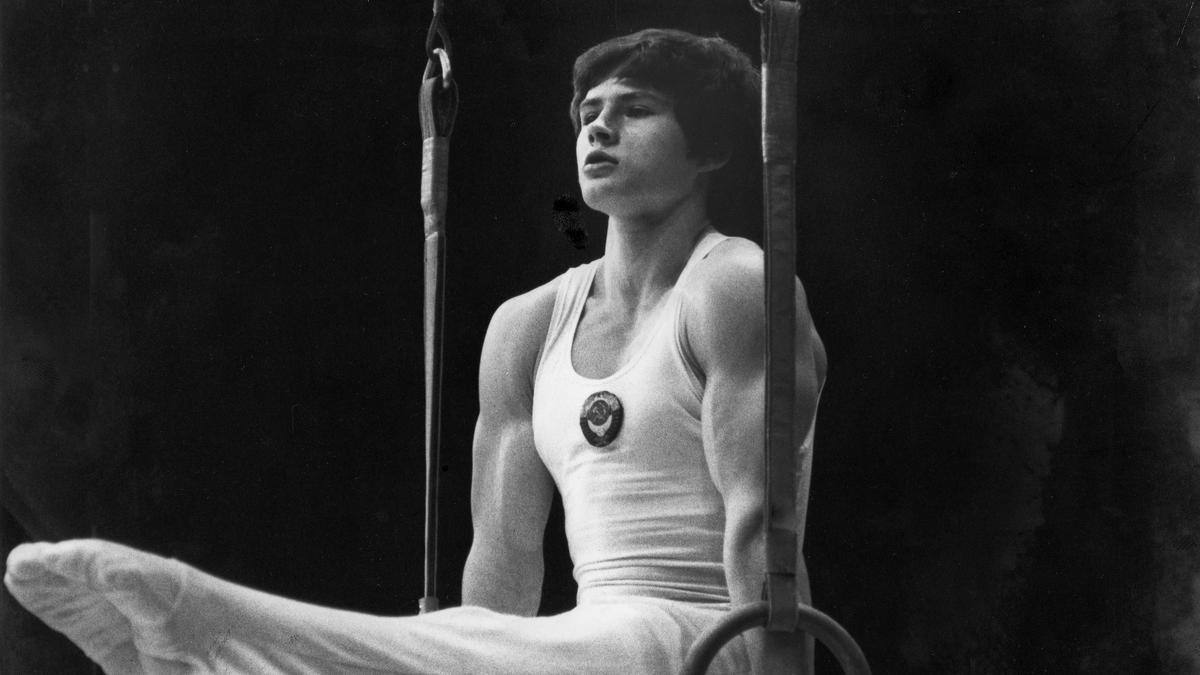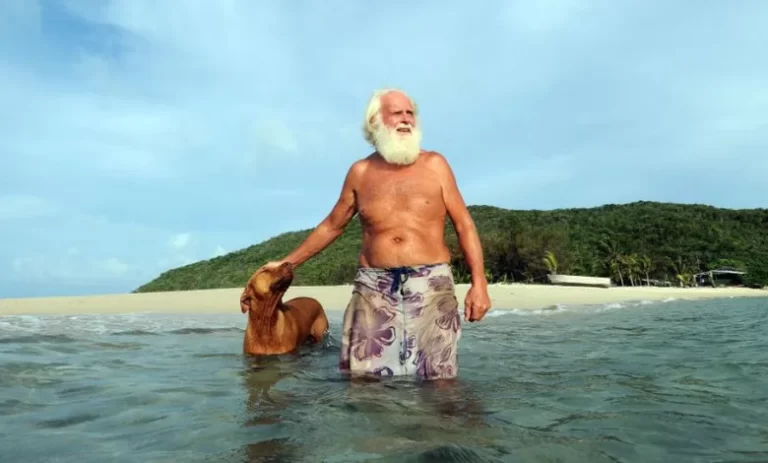Never say die: The greatest Olympic comeback story
Over the decades, several athletes have faced numerous obstacles at the Olympic Games. Here are three such athletes who managed to clinch gold despite the adversity, embodying resilience and determination.
As we get ready for the 33rd Summer Olympic Games in Paris, let’s take a look at some of the most remarkable comebacks in the 128-year history of the Olympics.
Athletes push their bodies to the limit to win Olympic medals, which can involve significant risks. Despite their fitness and strength, injuries can occur during training or competition.
When injuries happen, athletes often have to step back to focus on their recovery. However, the drive to return to their sport stronger than before can be a powerful motivator during tough times.
Dmitry Bilozerchev
Dmitry Bilozerchev, one of the most accomplished gymnasts in history, represented the Soviet Union. He trained in Moscow at the Armed Forces Sports Society and was known for his excellent form, style, and technique.
At just 16, he achieved a remarkable feat by winning four titles at the 1983 World Championships: all-around, pommel horse, rings, and bars. His all-around gold came with an impressive score of 59.85 out of a possible 60.

In 1984, he dominated the Friendship Games, an alternative event for communist nations boycotting the Los Angeles Olympics. Bilozerchev secured five gold medals (team, all-around, pommel horse, rings, and bars) and a bronze in the vault.
Tragedy struck in 1985 when Bilozerchev was involved in a serious accident that shattered his leg in over 41 places. There was a risk of amputation, but successful surgery allowed him to embark on a difficult road to recovery.
Despite his leg being permanently altered, he showed remarkable resilience. After undergoing ankle surgery in 1986, Bilozerchev made a triumphant return to the international stage, winning four gold and two silver medals at the 1987 World Championships.
At the 1988 Seoul Olympics, Bilozerchev showcased his determination by winning three gold medals in the pommel horse, still rings, and team events. Although a mistake on the horizontal bars cost him the all-around gold, he managed to secure the bronze, demonstrating his ability to overcome substantial challenges.
Matthias Steiner
Born in Vienna, Austria, Matthias Steiner followed his father’s footsteps into weightlifting despite having Type-1 diabetes. In 2004, he married Susann, a German woman, and sought German citizenship. Tragedy struck a year before the 2008 Beijing Olympics when Susann died in a car accident, causing Steiner to lose about 7-8 kg due to grief.
Despite this devastating loss, Steiner persevered, gaining German citizenship in early 2008 and intensifying his Olympic preparations.
At the Games, with the retirement of world record holder Hossein Rezazadeh, the competition was fierce between Steiner, Russian Evgeny Chigishev, and Latvian World Champion Viktors Scerbatihs. Steiner struggled in the snatch round, failing to lift 207 kg on his third attempt and landing fourth in the rankings with 203 kg.

In the clean and jerk round, Chigishev and Scerbatihs took the lead with first attempts of 240 kg and 242 kg, respectively. Steiner faced the challenge of lifting 246 kg but failed on his first try.
However, when Scerbatihs failed his next attempt, it gave Steiner a new chance.
With the Russian in the lead, Steiner needed to lift 248 kg to secure a podium spot, which he did successfully.
Luck was on his side as the Latvian faltered again. When Chigishev lifted 250 kg, Steiner knew he had to exceed his previous attempt by 10 kg to win gold. He summoned all his strength and successfully lifted 258 kg, totaling 461 kg, 15 kg more than the second-best total.
As Steiner stood on the podium, he proudly displayed Susann’s photo, symbolizing his triumph over adversity.
Mo Farah
Great Britain’s Mo Farah made a remarkable comeback after a mid-race fall to defend his men’s 10,000m title at the 2016 Rio Olympic Games.
Farah fell after clipping the heel of his training partner, Galen Rupp, who had won silver at the 2012 London Olympics. Despite the fall, Farah quickly recovered and rejoined the leading pack.
In an exciting final lap, Paul Tanui tried to take the lead, but Farah, known for his strong finishes, outpaced the Kenyan to win gold with a time of 27:05.17. Tamirat Tola of Ethiopia took bronze.

Farah’s 10,000m Olympic victory added another highlight to his stellar career. He first won gold at the London Games four years earlier, followed by a win in the 5,000m.
His path to victory in Rio was challenging. Though the collision with Rupp didn’t significantly disrupt him, Kenyan runners Paul Tanui and Geoffrey Kamworor tried to set a fast pace to counter Farah’s strong finishes.
Kamworor’s strategy backfired as he faded in the later stages, leaving Tanui to challenge Farah. Despite Tanui’s efforts to break away on the last lap, Farah surged ahead in the final 100m to win gold.
A week later, he defended his title in the 5,000m, becoming the second man after Finland’s Lasse Viren to win both the 5,000m and 10,000m gold at two Olympics.
Also Read: A Champ Gymnast From California With Down Syndrome Converts To A Model And Breaks Stereotypes
Betty Cuthbert, Tokyo Summer Olympics, 1964
Nicknamed Australia’s ‘Golden Girl,’ Betty Cuthbert won four Olympic gold medals and set multiple world records during her athletics career. Before the 1960 Summer Olympics in Rome, she tore her hamstring while training and had to withdraw from the Games.
Cuthbert then retired from competing, expressing in her book, “I hated being a public figure, constantly being looked at, talked about, and pointed out every time I left my house… I wanted to be a normal twenty-two-year-old girl.”
However, her retirement was short-lived. She returned to running in 1962 for the Commonwealth Games. In 1964, she made a remarkable comeback by winning her fourth gold medal in the 400 meters.
To this day, Cuthbert is the only Olympian to have won gold in every sprinting event at the Olympics (100m, 200m, and 400m).
2. Greg Louganis, Seoul Summer Olympics, 1988
Greg Louganis is often called ‘the greatest American diver’ of all time and competed in his first Olympics at just 16. He won two gold medals at the 1984 Olympics in Los Angeles and was expected to win gold again in Seoul four years later.
During the preliminaries in Seoul, Louganis hit his head on the springboard, suffering a concussion and needing four stitches. Despite this injury, he went on to win gold in both the 3m springboard and 10m platform events, becoming the first man to win consecutive gold medals in both events.
Louganis’ comeback not only earned him gold medals but also the ‘Athlete of the Year’ title from ABC’s Wide World of Sports.
Mark McMorris, PyeongChang Winter Olympics, 2018
Mark McMorris is a Canadian snowboarder known for winning multiple medals in the Olympics, World Championships, and Winter X Games in slopestyle and big air events.
In 2017, McMorris was snowboarding with friends when he collided with a tree, resulting in serious injuries including a collapsed lung, ruptured spleen, and fractures to his jaw, arm, pelvis, and ribs.
Remarkably, he made a full recovery and competed in the PyeongChang Winter Olympics just 11 months after his accident, winning a bronze medal in the men’s Slopestyle event.
Felix Sanchez, London Summer Olympics, 2012
Felix Sanchez became the first athlete from the Dominican Republic to win a gold medal at the 2004 Summer Olympics in Athens. He specialized in the 400m hurdles and achieved an impressive 43 consecutive wins between 2001 and 2004.
However, at the 2004 Van Damme Memorial Meet, Sanchez injured his hamstring and had to stop his race early.
He didn’t return to the Olympics until 2012, when he became the oldest man to win gold in the 400m hurdles at age 35. For this remarkable comeback, Sanchez was awarded the Laureus World Comeback of the Year Award. Watch the moment on YouTube.
Harry Jerome, Tokyo Summer Olympics, 1964
Canadian sprinter Harry Jerome set seven world records in the 100m sprint and 100-yard dash during his career.
At the 1962 Commonwealth Games in Perth, Jerome ruptured a muscle in his thigh, leading many to believe he would never run again.
Defying expectations, Jerome returned to compete in the 1964 Tokyo Olympics, where he won a bronze medal in the 100m sprint. In 1972, he was awarded the Order of Canada and named Athlete of the Century in British Columbia.
A statue was placed in his honor at Stanley Park in British Columbia six years after his death in 1982.
Kerri Strug, Atlanta Summer Olympics, 1996
Kerri Strug competed for the USA gymnastics team in the 1992 and 1996 Olympics as part of the Magnificent Seven.
On the final day of the 1996 competition, the USA team had a narrow lead. After the first four gymnasts couldn’t land clean vaults, it was up to Strug to secure the win with her two remaining vaults.
In her first vault, she fell and injured her ankle. Despite the pain, her coach urged her to try again. Strug landed her second vault successfully, winning the gold for the team despite her injury, which turned out to be a third-degree sprain with tendon damage.
When it was time for the awards ceremony, Strug’s teammates refused to go on the podium without her. This led to the famous photo of coach Béla Károlyi carrying her to join her teammates.
Nancy Kerrigan, Lillehammer Winter Olympics, 1994
American figure skater Nancy Kerrigan is known for her many titles in the sport, but she is most famously remembered for the incident involving rival skater Tonya Harding.
In the 1994 Figure Skating Championships in Detroit, Kerrigan was attacked with a police baton on her right leg by Tonya Harding’s ex-husband. The attack was believed to be aimed at preventing her from competing in both the Championships and the Olympics.
Despite the attack, Kerrigan recovered and won a silver medal in the Ladies’ Singles just seven weeks later.
Annemiek van Vleuten, Tokyo Summer Olympics, 2021
Annemiek van Vleuten is a Dutch cyclist known for her impressive road cycling achievements. In the 2016 Rio Olympics, she was leading her race when her bike flipped around a sharp corner.
Van Vleuten went over the handlebars and landed upside down on the curb, suffering three back fractures and a concussion. Despite her injuries, she was back on her bike just two weeks later.
In 2021, van Vleuten had another chance at the Olympics and won a silver medal in the road race. She then went on to win gold in the time trial three days later.






